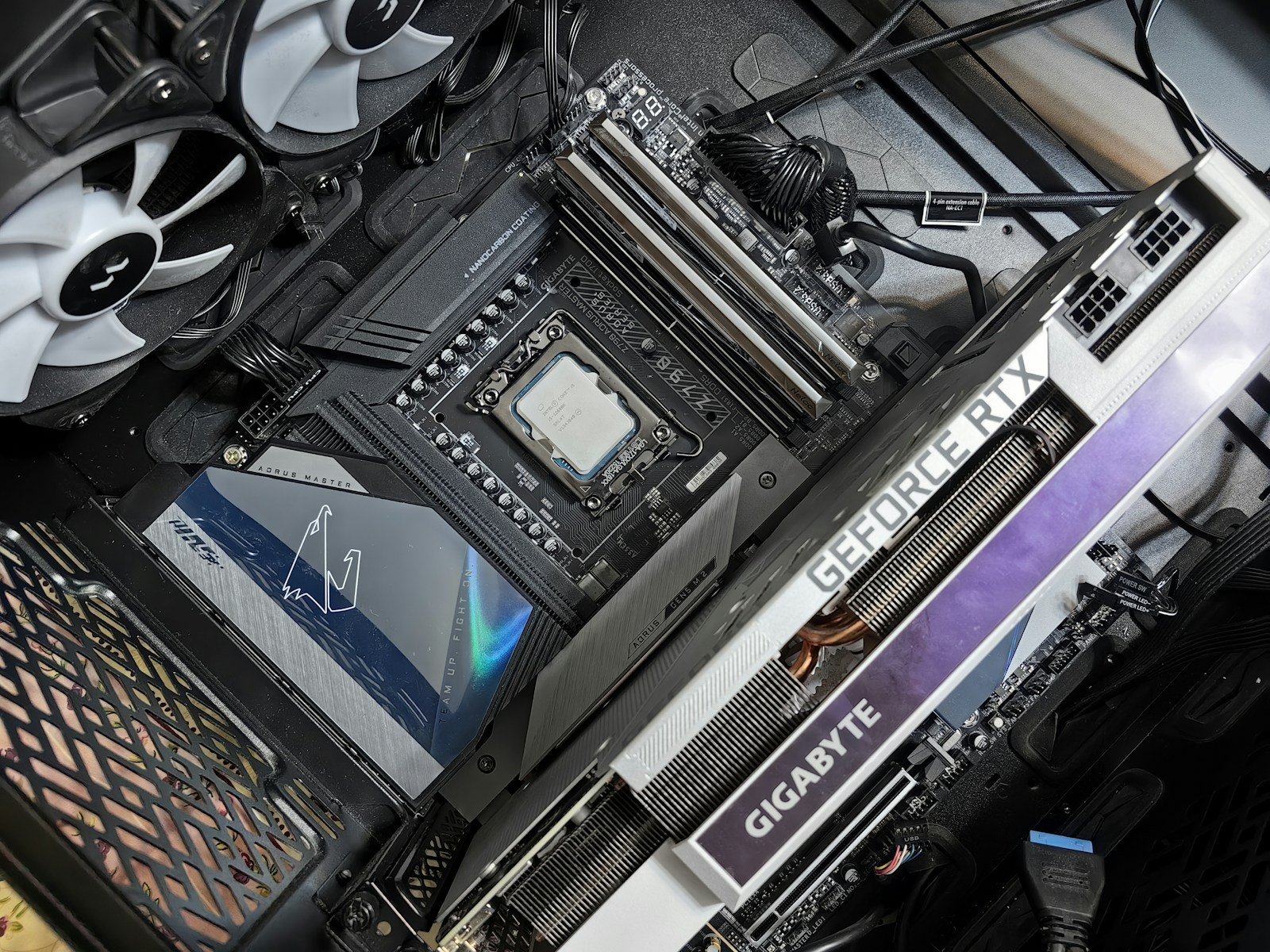📘 Computer Glossary
A
-
Access Point – A device that allows wireless devices to connect to a wired network.
-
Active Directory – Microsoft’s directory service for managing users and resources on a network.
-
Adapter – A device that converts one type of connection to another.
-
Adware – Software that shows unwanted ads on your computer or browser.
-
Algorithm – A step-by-step process for solving a problem or performing a task.
-
Android – A mobile operating system developed by Google.
-
Antivirus – Software that detects and removes viruses or malware.
-
API (Application Programming Interface) – A set of rules for different programs to communicate.
-
App – A program designed for specific tasks, especially on mobile devices.
-
ASCII – A character encoding standard for representing text.
B
-
Backup – A saved copy of files or data for recovery after loss.
-
Bandwidth – The maximum amount of data transferred over a network at once.
-
BIOS – Firmware that starts hardware before the operating system loads.
-
Bit – The smallest unit of digital data, a 0 or 1.
-
Blockchain – A decentralized digital ledger for recording transactions.
-
Bluetooth – Wireless technology for short-range device communication.
-
Booting – The process of starting up a computer system.
-
Bot – Automated software that performs tasks online.
-
Browser – A program for accessing websites (e.g., Chrome, Firefox).
-
Byte – A unit of digital data equal to 8 bits.
C
-
Cache – Small, fast memory that stores frequently used data.
-
Captcha – A test to distinguish humans from bots online.
-
Cloud Computing – Delivering services (storage, software) over the internet.
-
Cluster – A group of computers working together as one system.
-
CMOS – A chip that stores BIOS settings on a motherboard.
-
Compression – Reducing file size for storage or transmission.
-
Cookie – A small file websites save on your device to remember preferences.
-
CPU (Central Processing Unit) – The “brain” of the computer that runs instructions.
-
Cryptography – Securing information by converting it into unreadable code.
-
Cybersecurity – Protecting systems and networks from digital attacks.
D
-
Database – An Organized collection of information stored electronically.
-
Data Center – A facility that houses servers and IT infrastructure.
-
Data Mining – Analyzing large data sets to find patterns.
-
Debugging – Finding and fixing errors in software.
-
Default Gateway – The network device that routes traffic to the Internet.
-
Defragmentation – Reorganizing data on a disk for faster access.
-
DHCP – A protocol that automatically assigns IP addresses.
-
Digital Certificate – An electronic document for verifying identity online.
-
DNS (Domain Name System) – Converts website names into IP addresses.
-
Download – Copying data from the internet to your device.
E
-
E-commerce – Buying and selling products online.
-
Email – Electronic mail for sending messages via the internet.
-
Encryption – Converting data into unreadable code for security.
-
Ethernet – Wired networking technology for local networks.
-
Extranet – A private network accessible to outsiders with permission.
-
Export – Saving data in a format usable by another program.
-
Executable File (.exe) – A file that runs a program when opened.
-
Extension – A file’s suffix (like .docx or .jpg) that shows its type.
-
Error 404 – A message when a webpage cannot be found.
-
Emulator – Software that mimics another system or device.
F
-
Firewall – A system that blocks unauthorized access to networks.
-
Firmware – Software built into hardware devices.
-
Folder – A container for files on a computer.
-
Format – Preparing a disk or drive for use.
-
Fragmentation – Scattering of data across a disk, slowing performance.
-
FTP (File Transfer Protocol) – A standard way to transfer files online.
-
Function Key – A key (F1–F12) that performs special actions.
-
File Extension – The ending of a filename showing its type.
-
File System – The method a computer uses to store and organize data.
-
Flash Memory – Storage that retains data without power, used in USBs.
G
-
Gateway – A device linking two different networks.
-
GHz (Gigahertz) – A measure of CPU clock speed.
-
Git – A version control system for tracking code changes.
-
GPU (Graphics Processing Unit) – Handles graphics and image processing.
-
GUI (Graphical User Interface) – A visual way to interact with a computer.
-
Gigabyte (GB) – A unit of data equal to about 1 billion bytes.
-
Google Drive – A cloud storage service by Google.
-
Green Computing – Eco-friendly use of computers and IT resources.
-
Grid Computing – Multiple computers working together on large tasks.
-
Group Policy – Windows tool to manage settings for users.
H
-
Hacker – A person who gains unauthorized access to systems.
-
Hard Drive (HDD) – A storage device that keeps data permanently.
-
Hashing – Converting data into a fixed-length code.
-
HDMI – A standard cable for transferring video and audio.
-
Hosting – Providing storage and access for websites.
-
Hotspot – A wireless access point, often using mobile data.
-
HTML – The coding language for building web pages.
-
HTTP/HTTPS – Protocols for transferring data on the web, HTTPS is secure.
-
Hub – A basic device connecting multiple computers in a network.
-
Hybrid Cloud – A mix of private and public cloud services.


